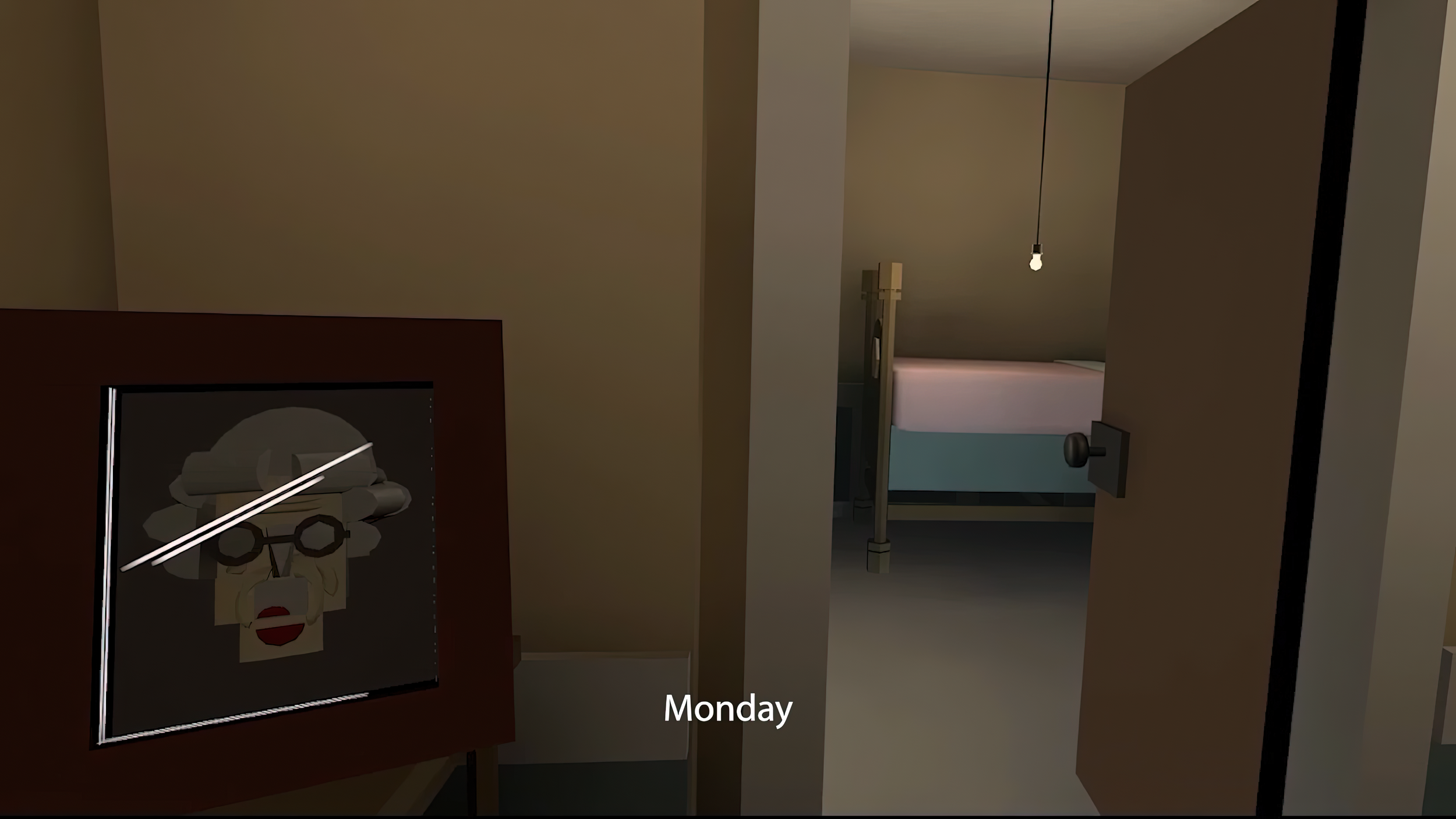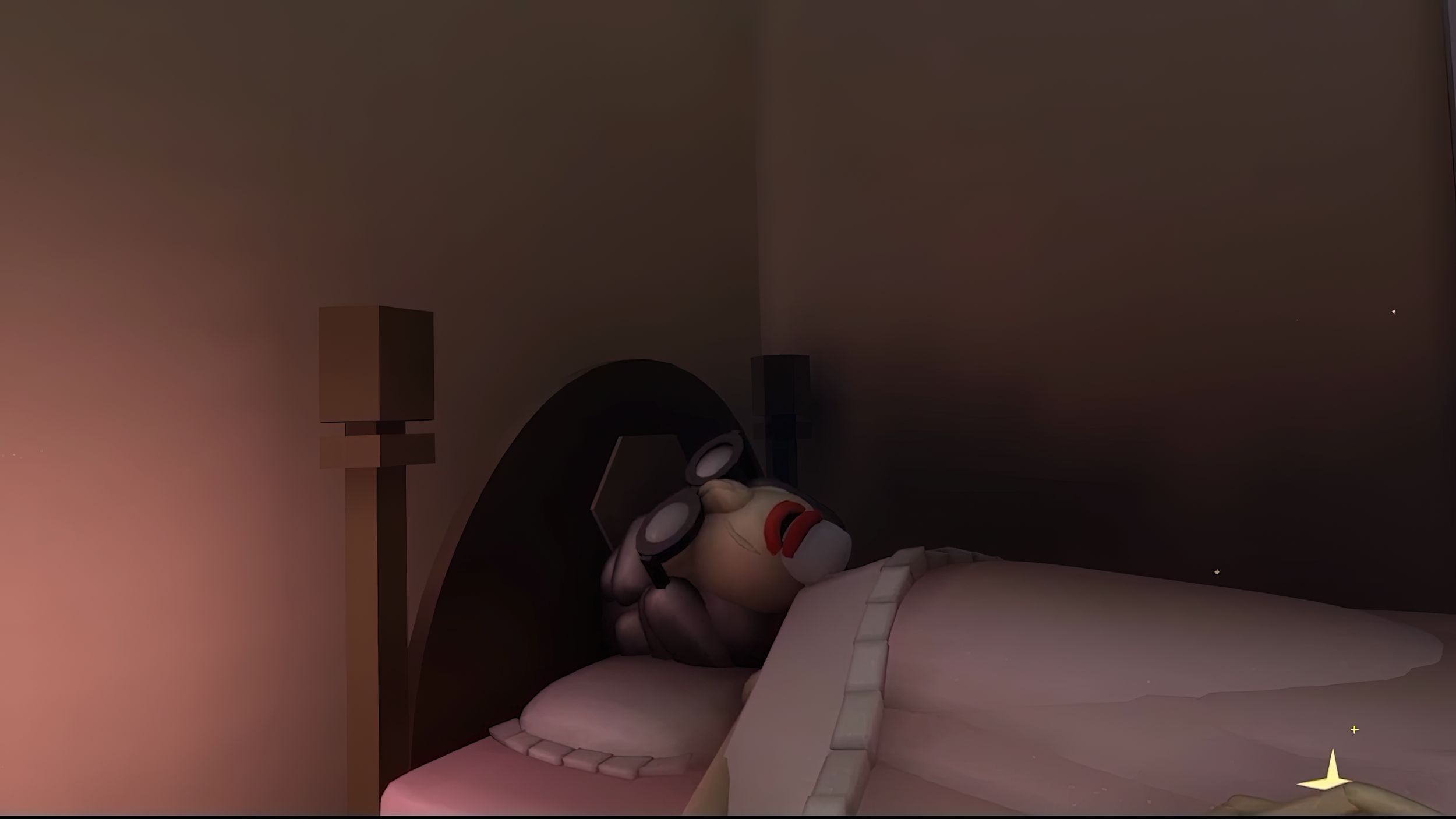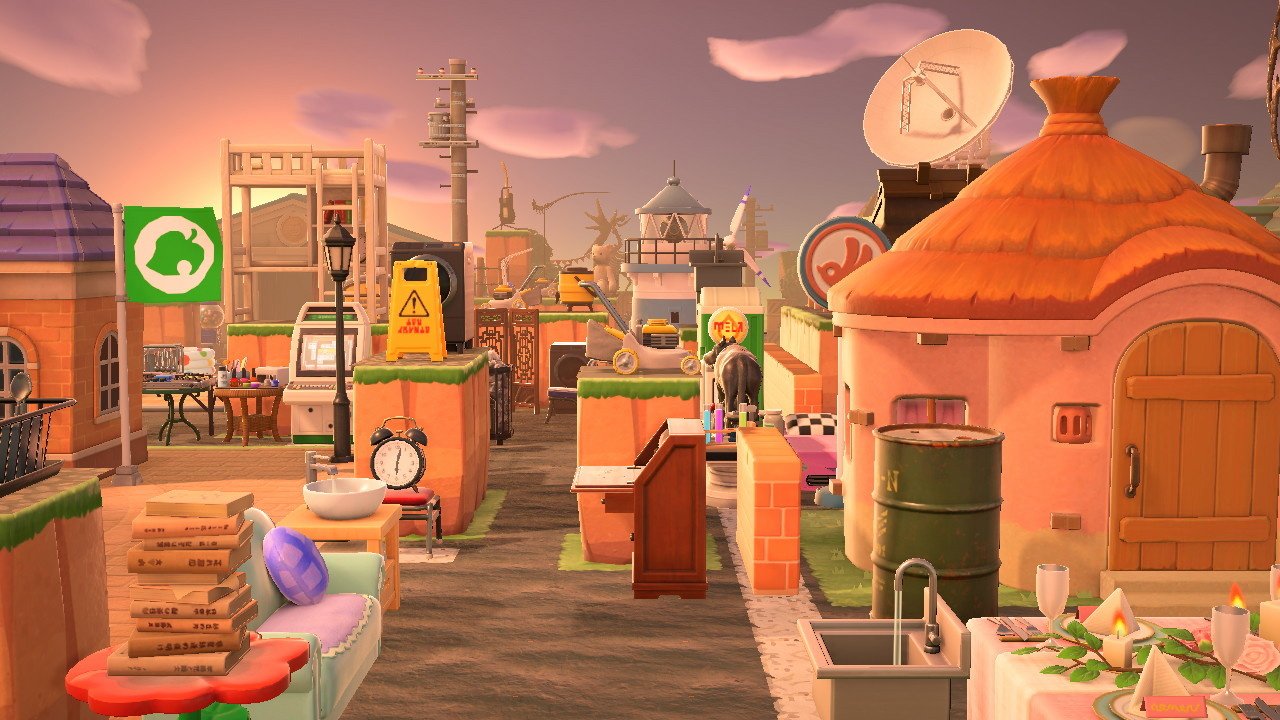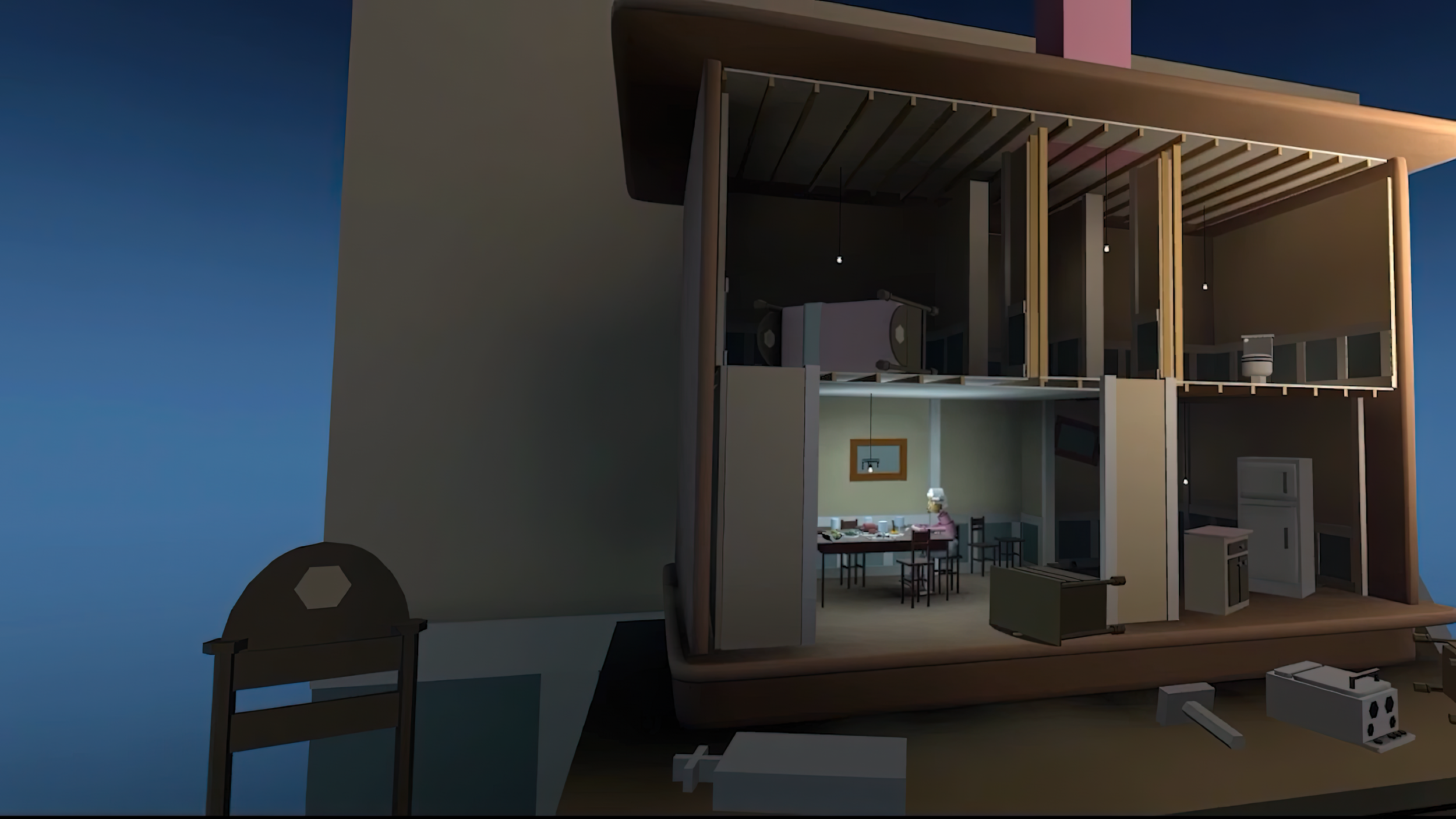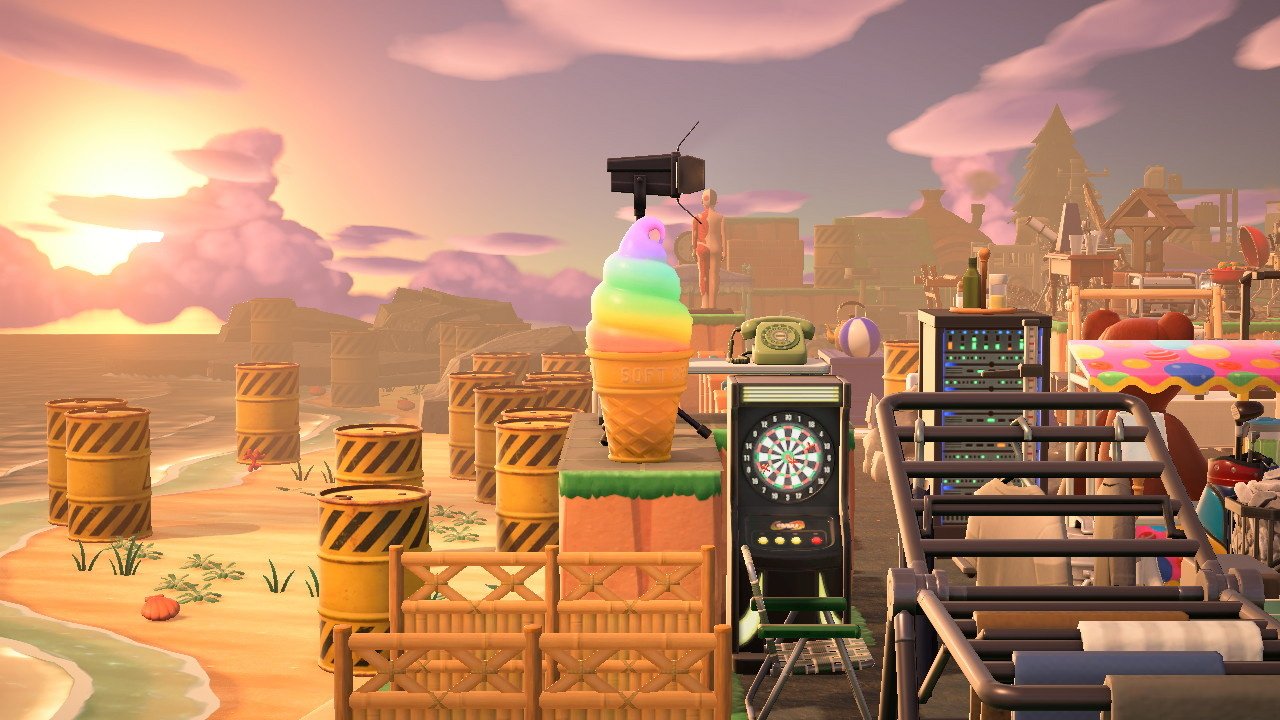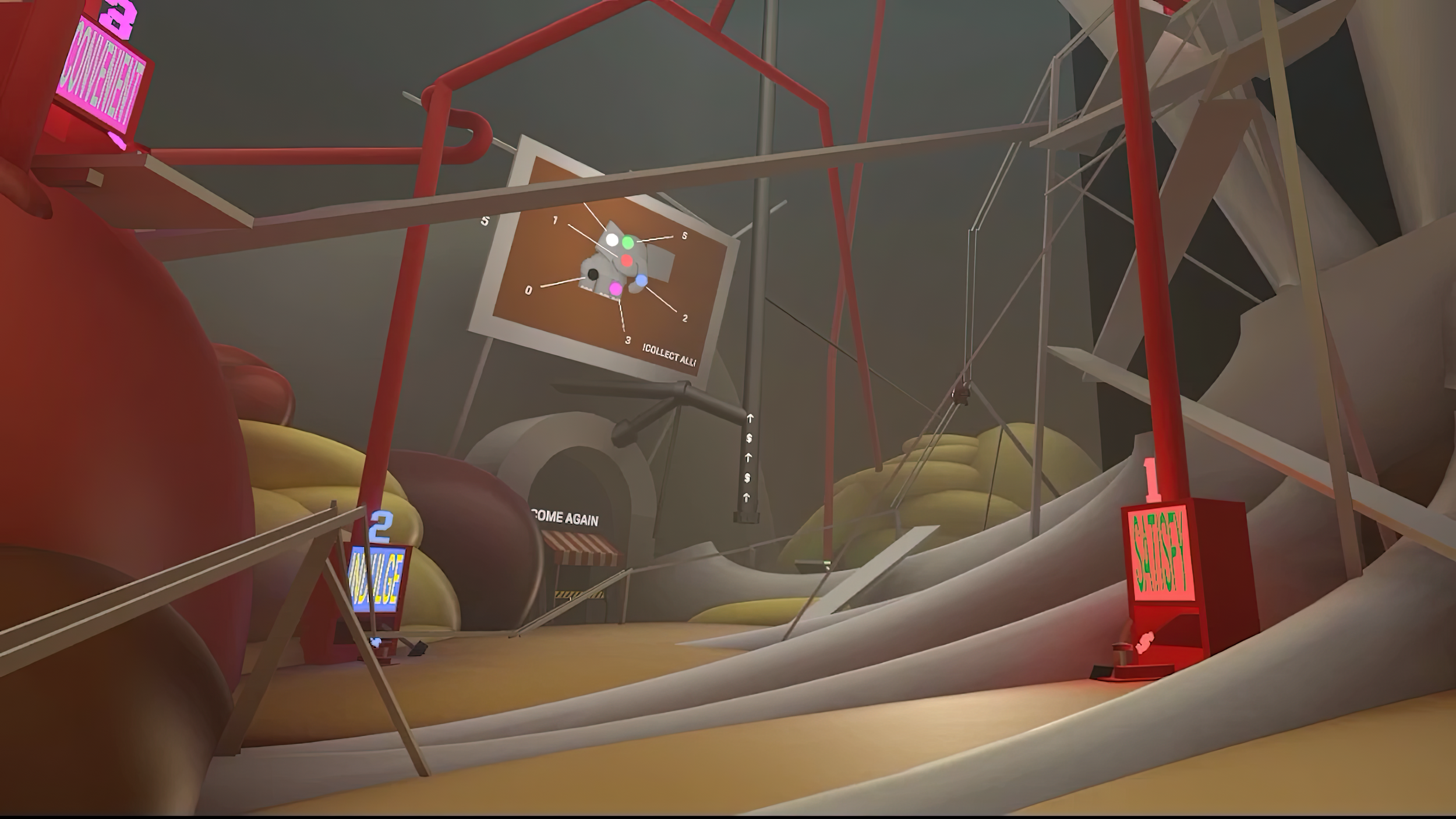VRAL is currently presenting The Death Trilogy by Adonis Archontides, a tryptic of works starring his ersatz Sim-clone. To better appreciate the breadth and scope of his video art, we will we will embark on a critical exploration, beginning with Adonis and the Lockdown Tactics.
Archontides’s Adonis and the Lockdown Tactics (2020) is an introspective short machinima created with/in The Sims 4 (2014). Originally developed as part of a broader cultural initiative by the Cypriot Cultural Services during the COVID-19 pandemic, this work was among fifty projects that received accolades for promoting audio-visual creativity in challenging times. This machinima leverages Will Wright’s popular simulation game to explore themes of repetition and monotony, resonating with the enforced isolation and government mandated "social distancing" experienced globally during a series of shelter-in-place initiatives. Watched in 2024, this work feels at once anachronistic and very timely, remote and fresh.
The premise of Adonis and the Lockdown Tactics is deeply influenced by the Simulation Hypothesis, a concept prevalent in science fiction - and particularly loved by Silicon Valley’s edgelords - where reality as we know it is posited as an elaborate artifice, a cruel joke concocted by a superior, likely malevolent, intelligence. In Archontides’ piece, this “theory” is subtly referenced through the repetitive, looped nature of the Sims’ existence, mirroring the monotony of lockdown life, which seems to have lost its sense of progression, its teleology. The protagonist, a Sim replica of Adonis himself, navigates the so-called daily life in a state of perpetual loop, echoing the equally apathetic anti-hero of…
(continues)
Matteo Bittanti
Works cited
Adonis Archontides
Adonis and the Lockdown Tactics
machinima/digital video, color, sound, 4’ 05”, 2020. Cyprus.
This content is exclusive to Patreon subscribers. To gain full access, consider joining our vibrant community.


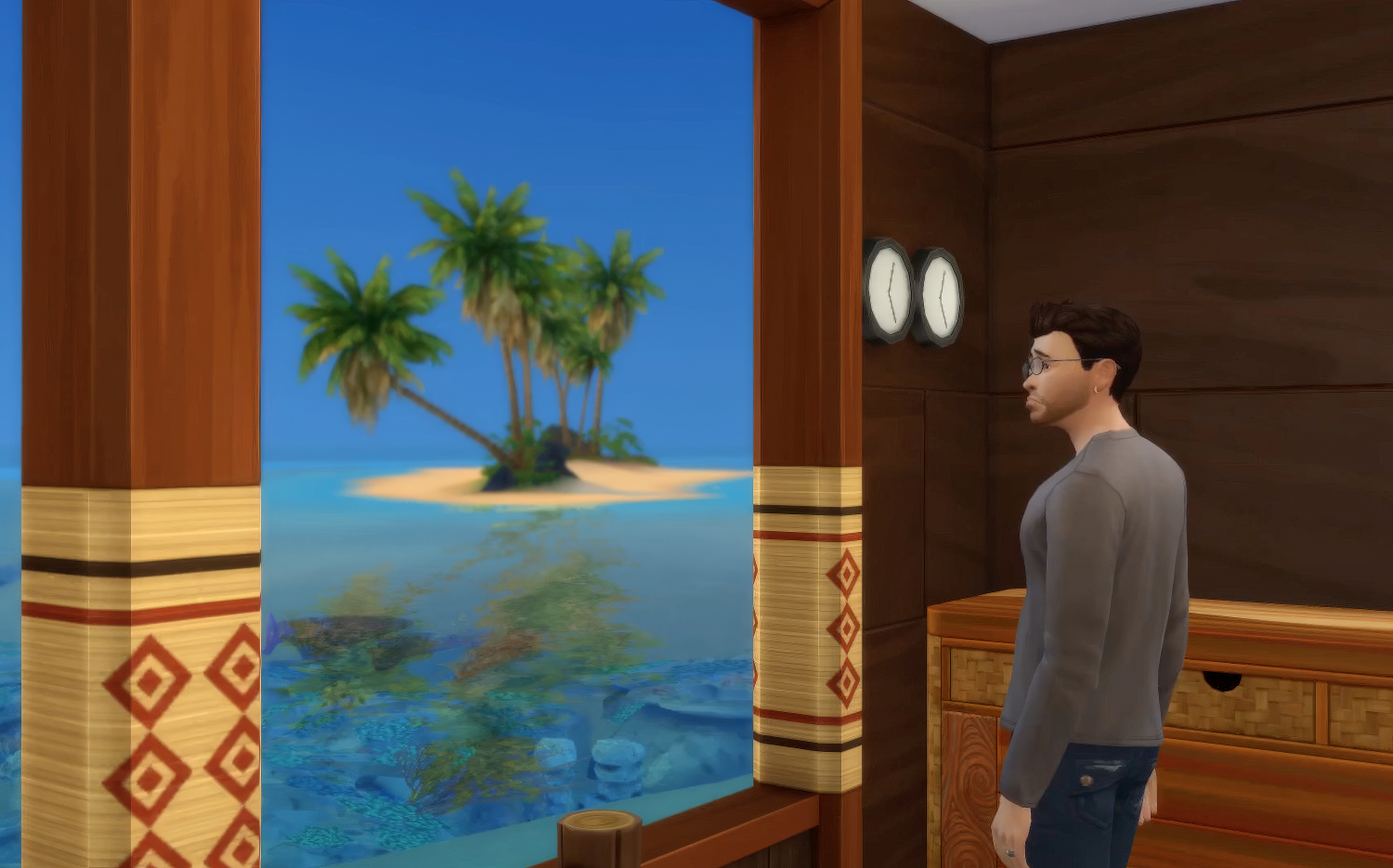

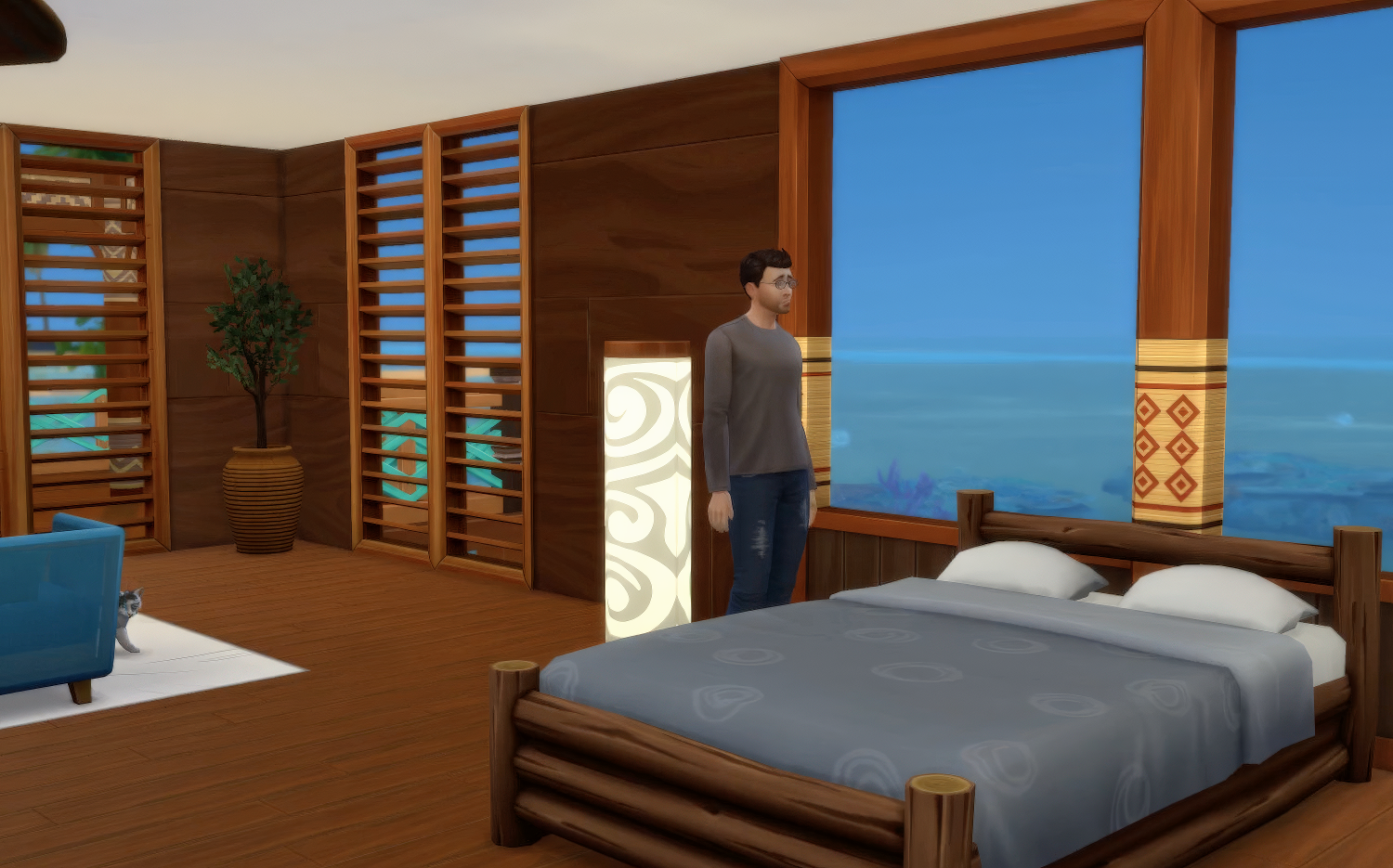

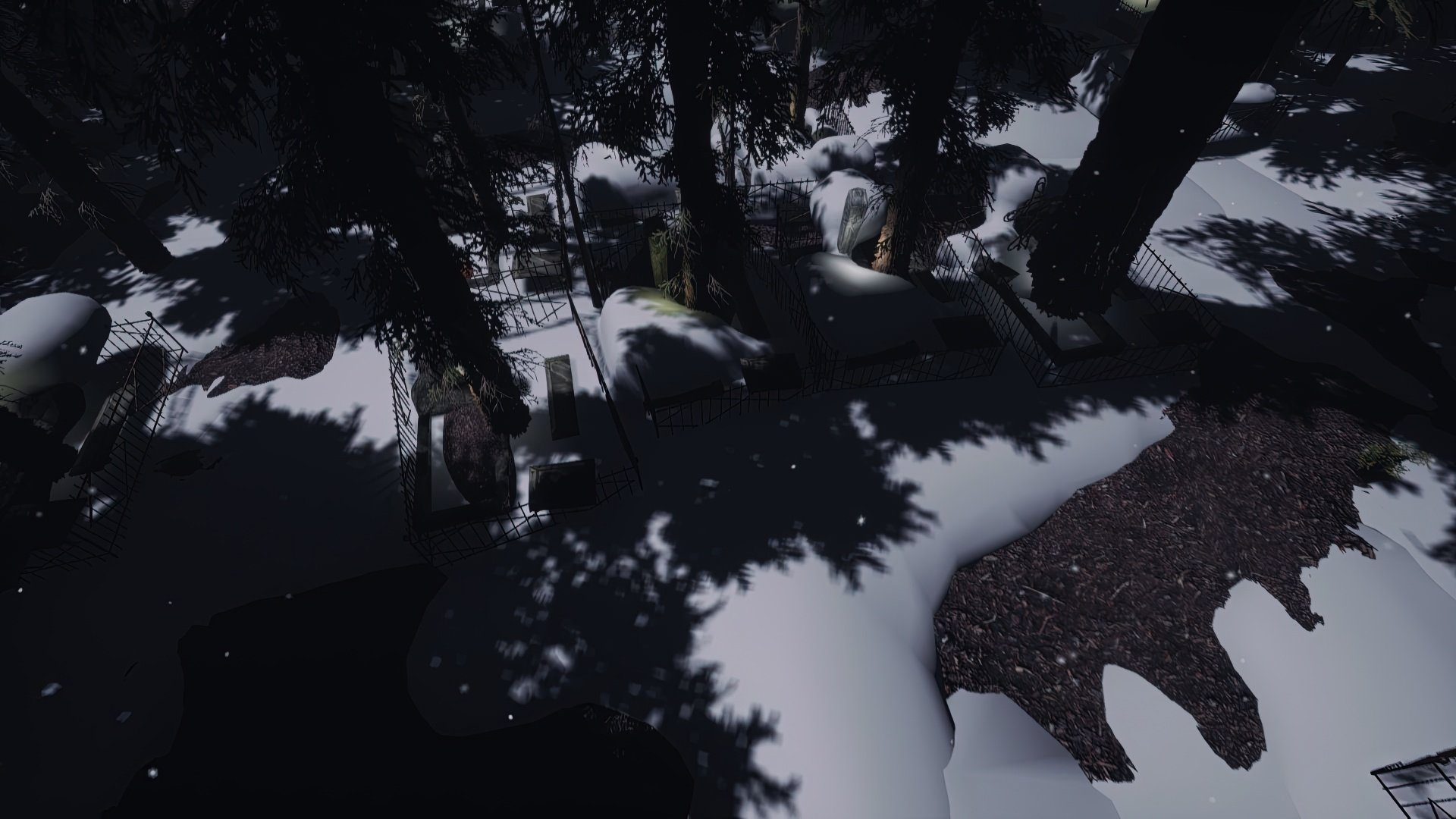
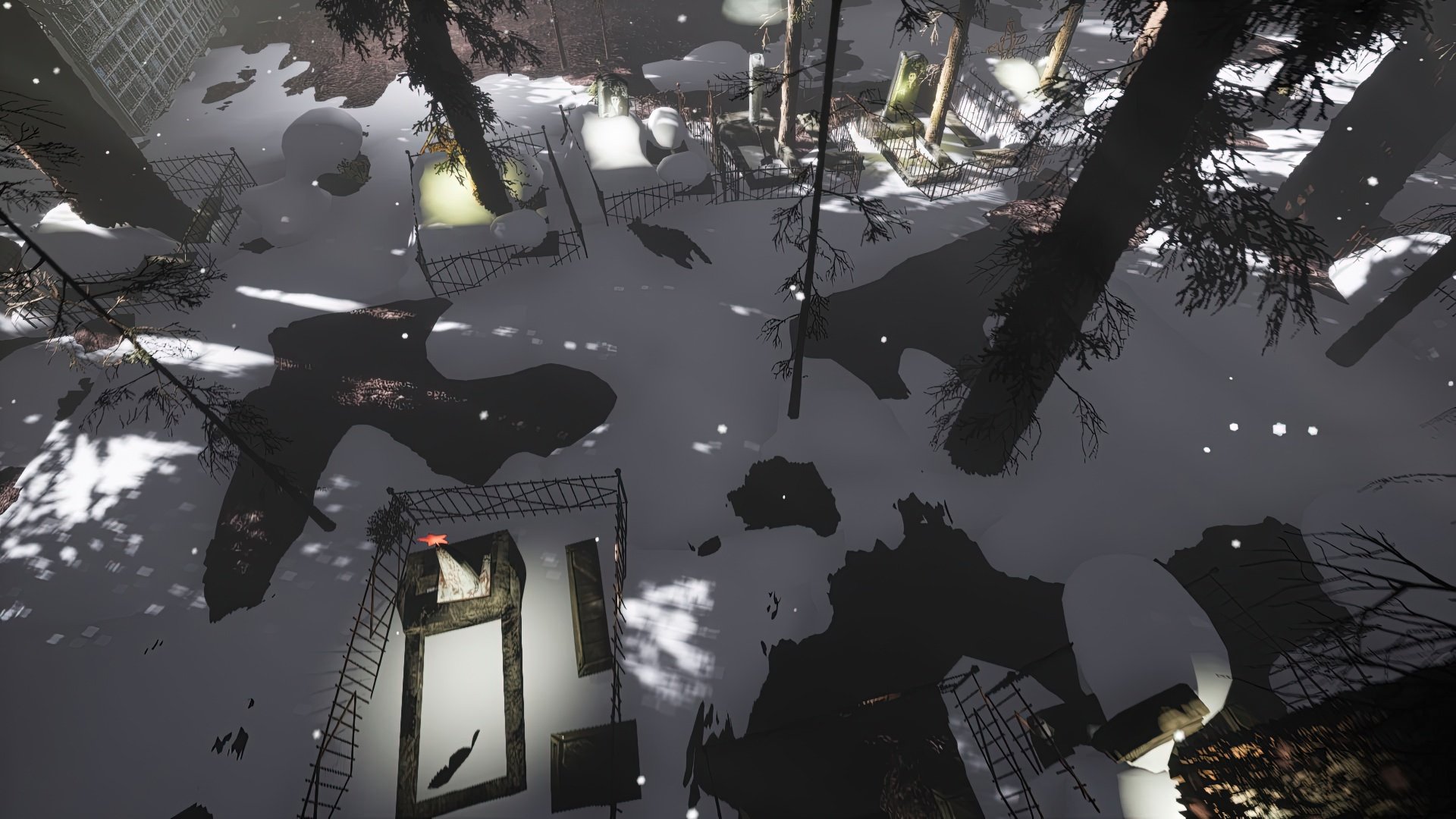
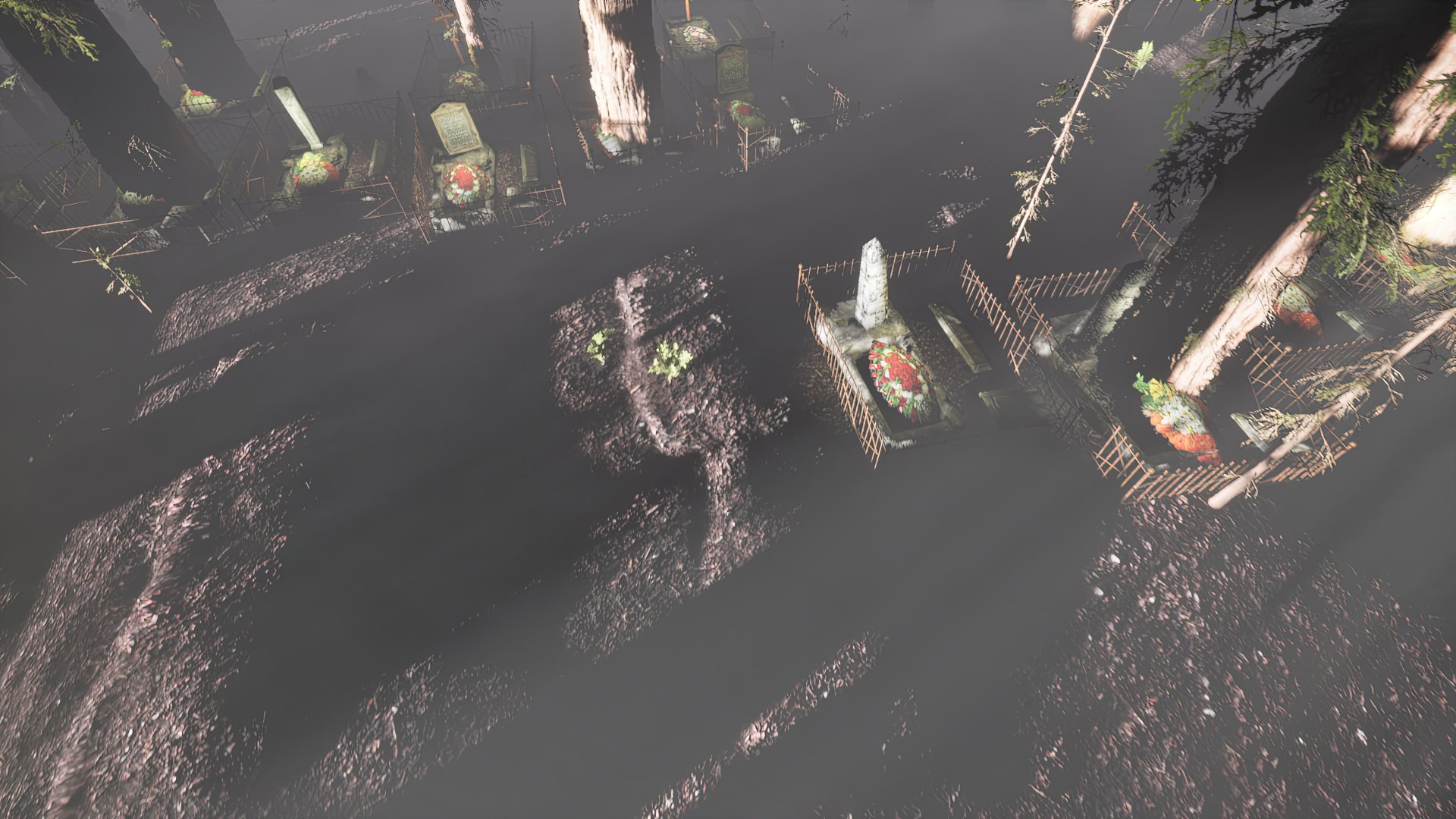
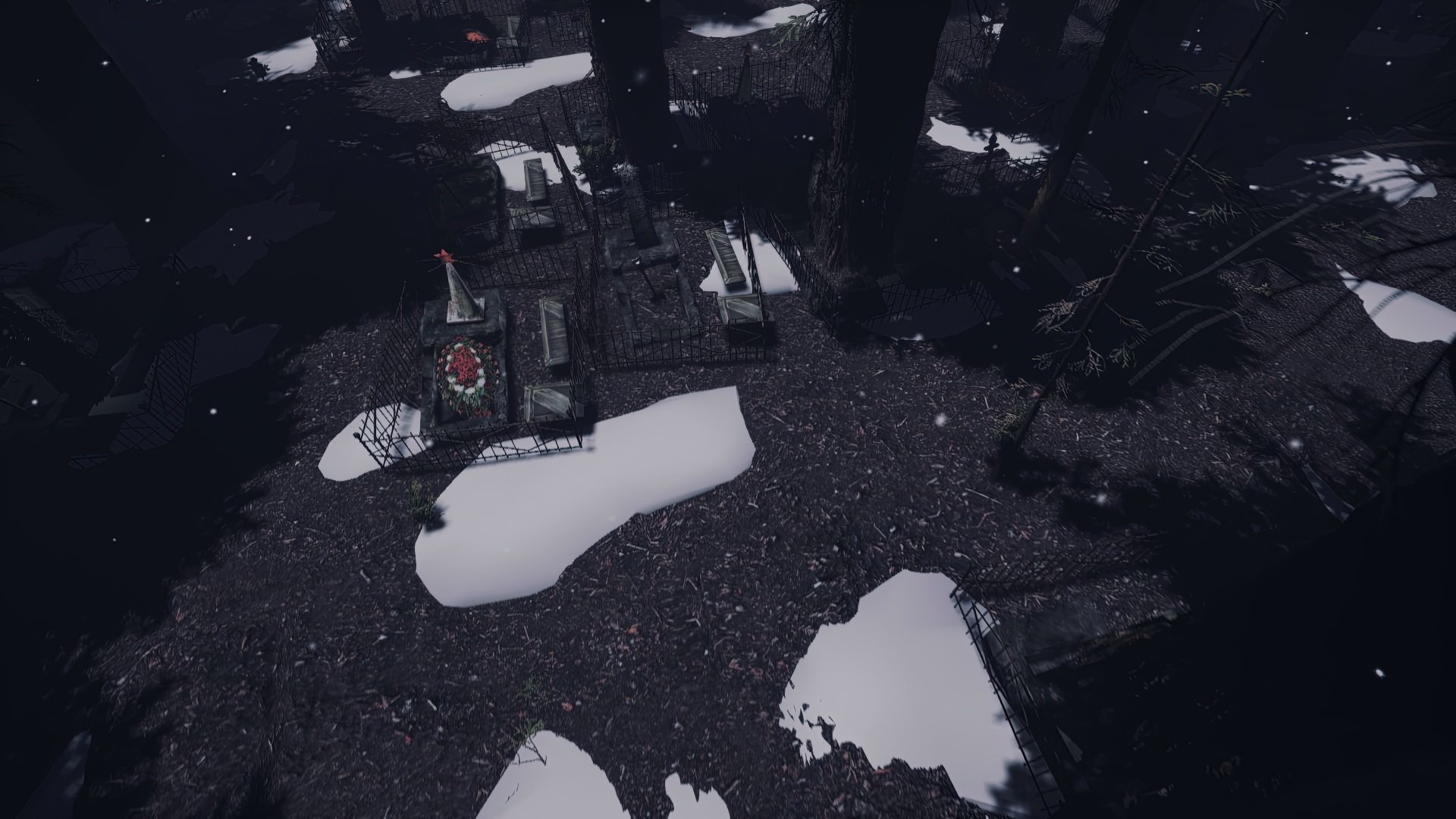
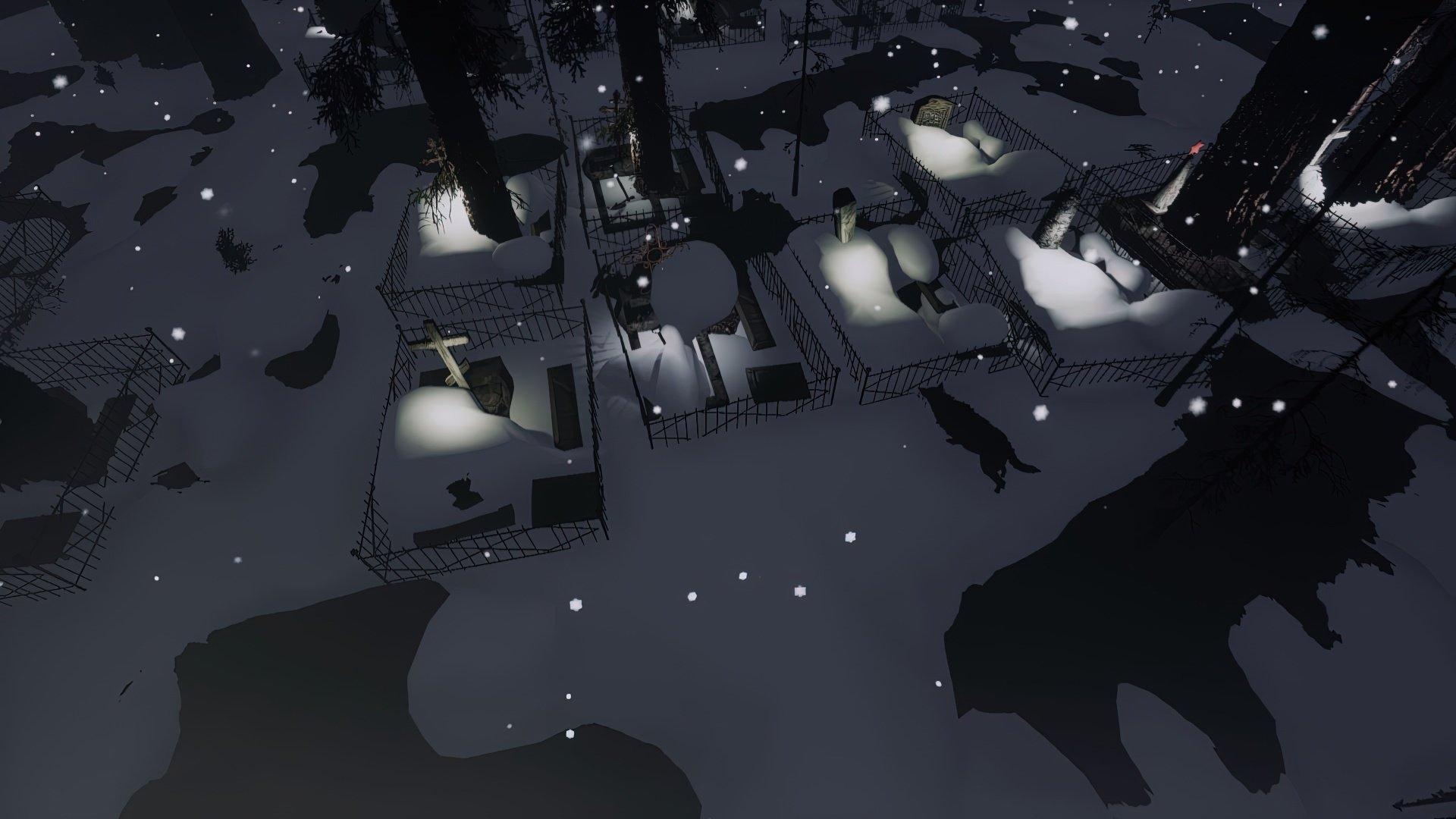

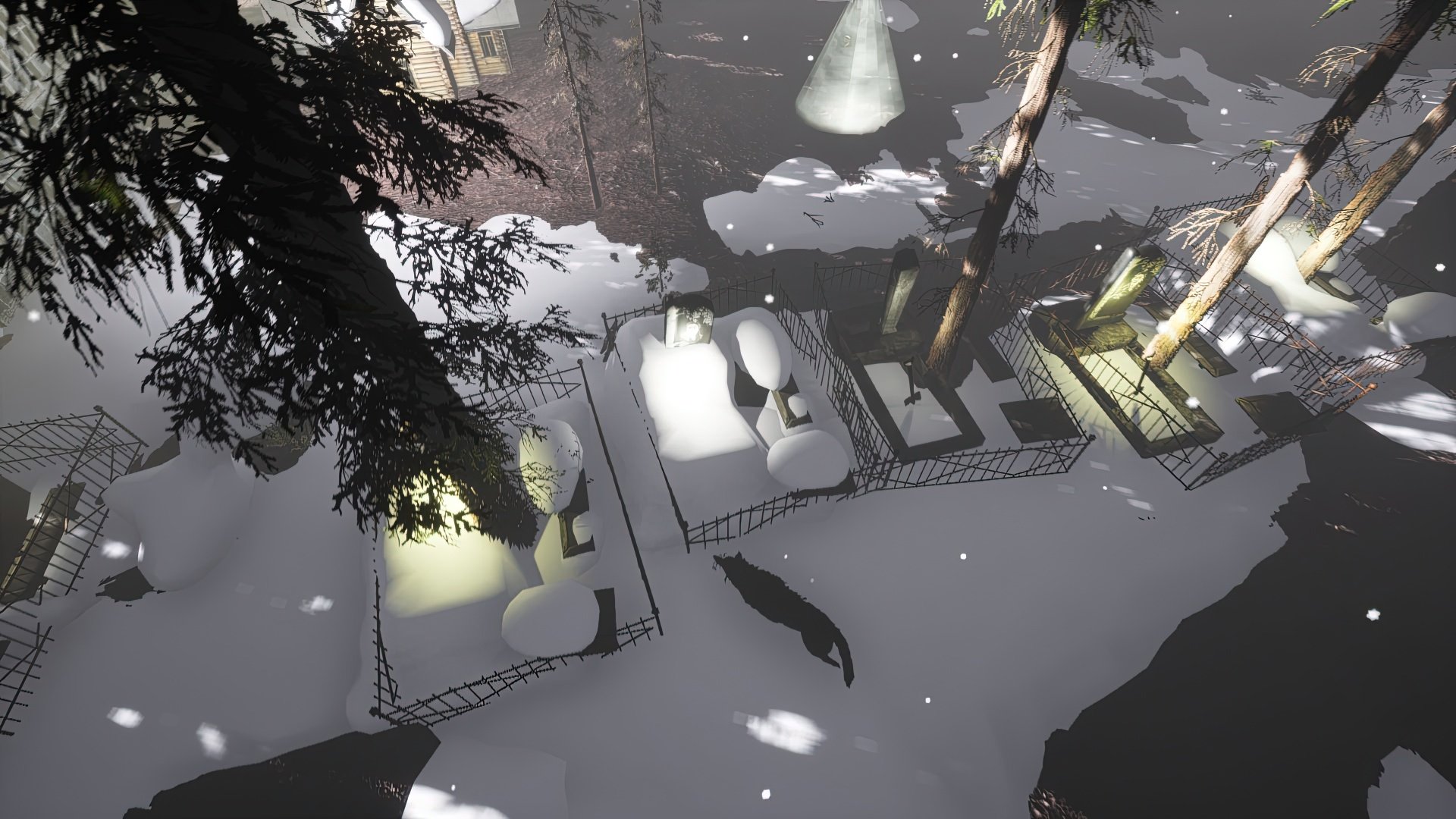
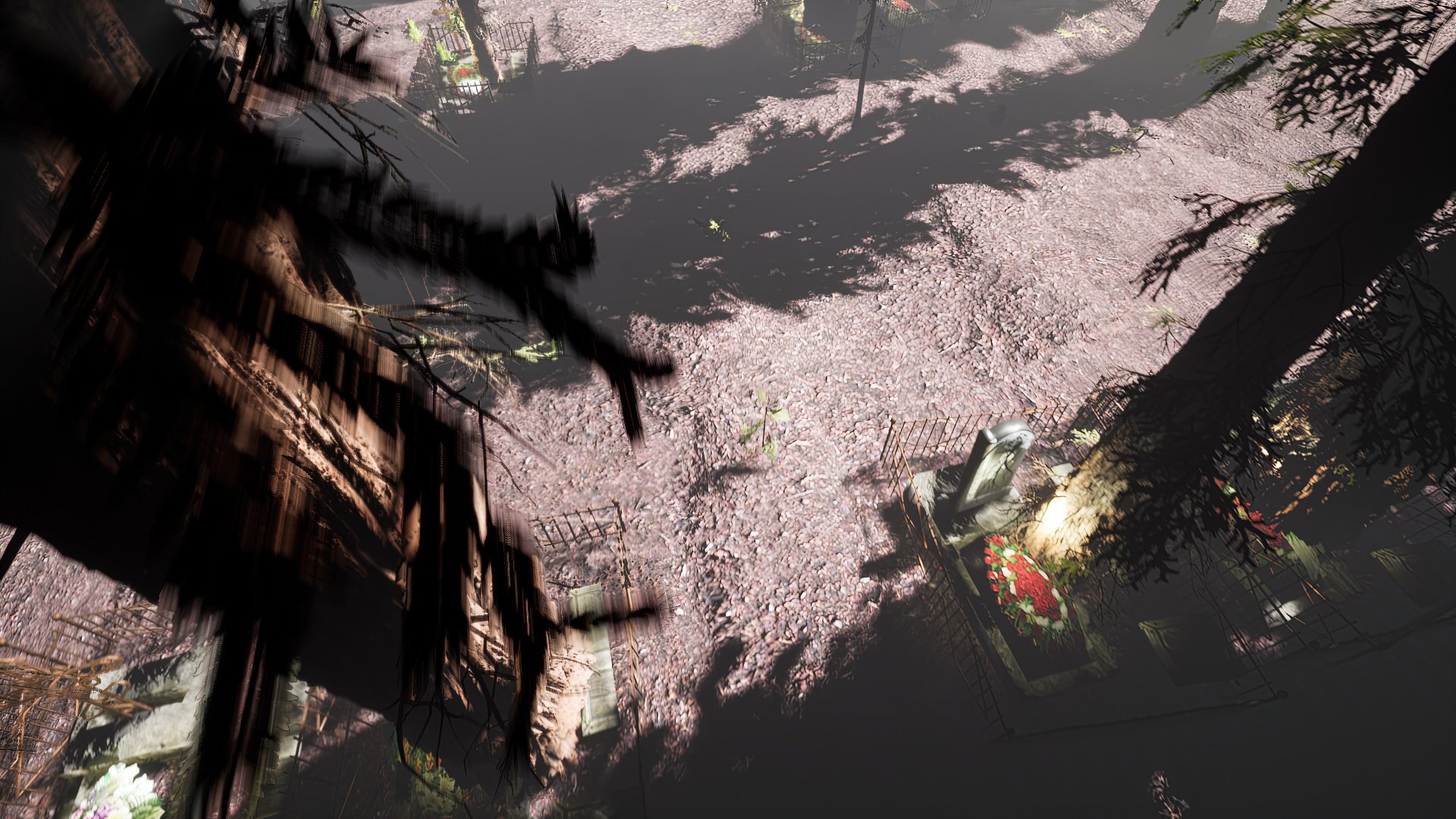
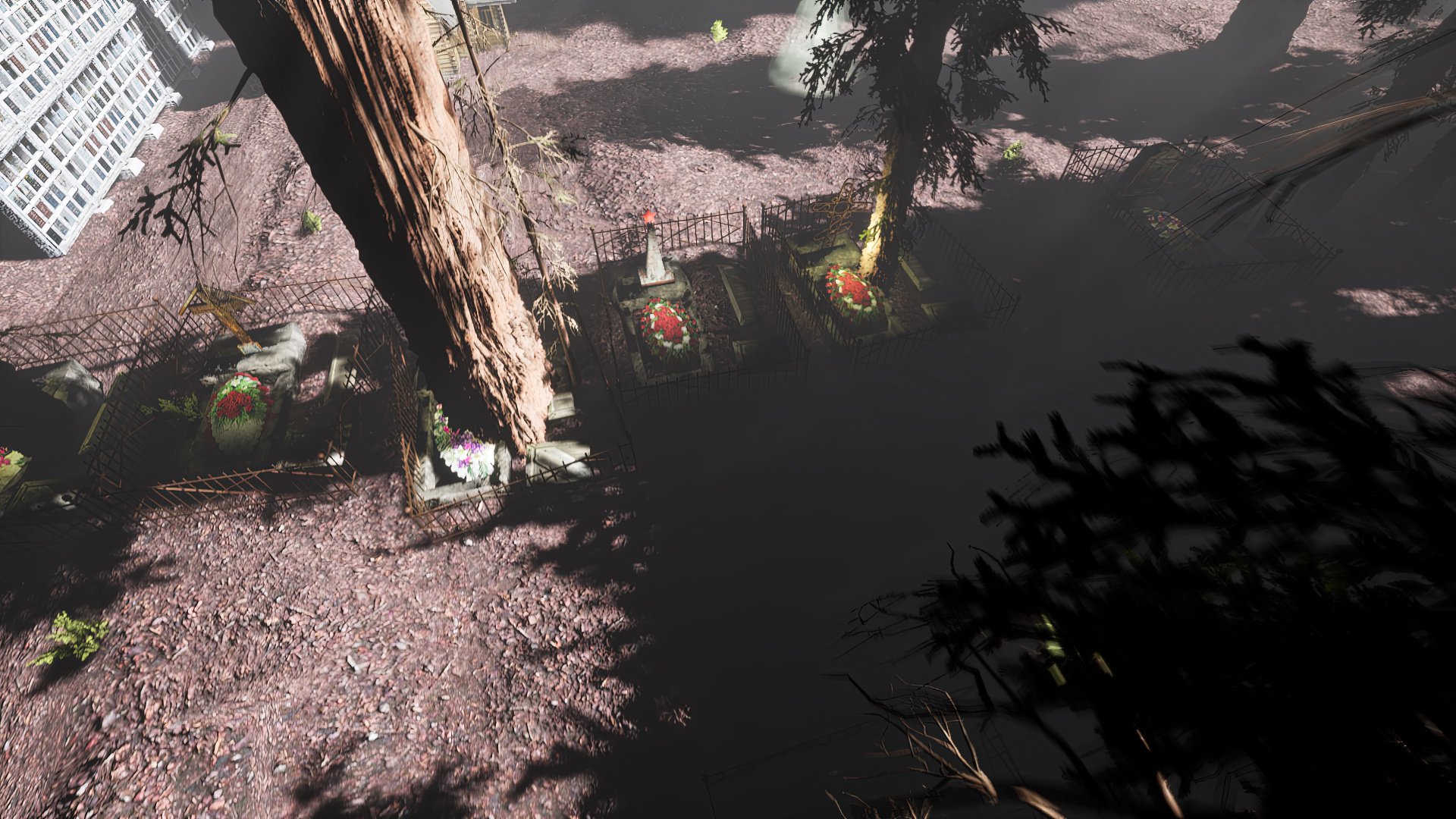
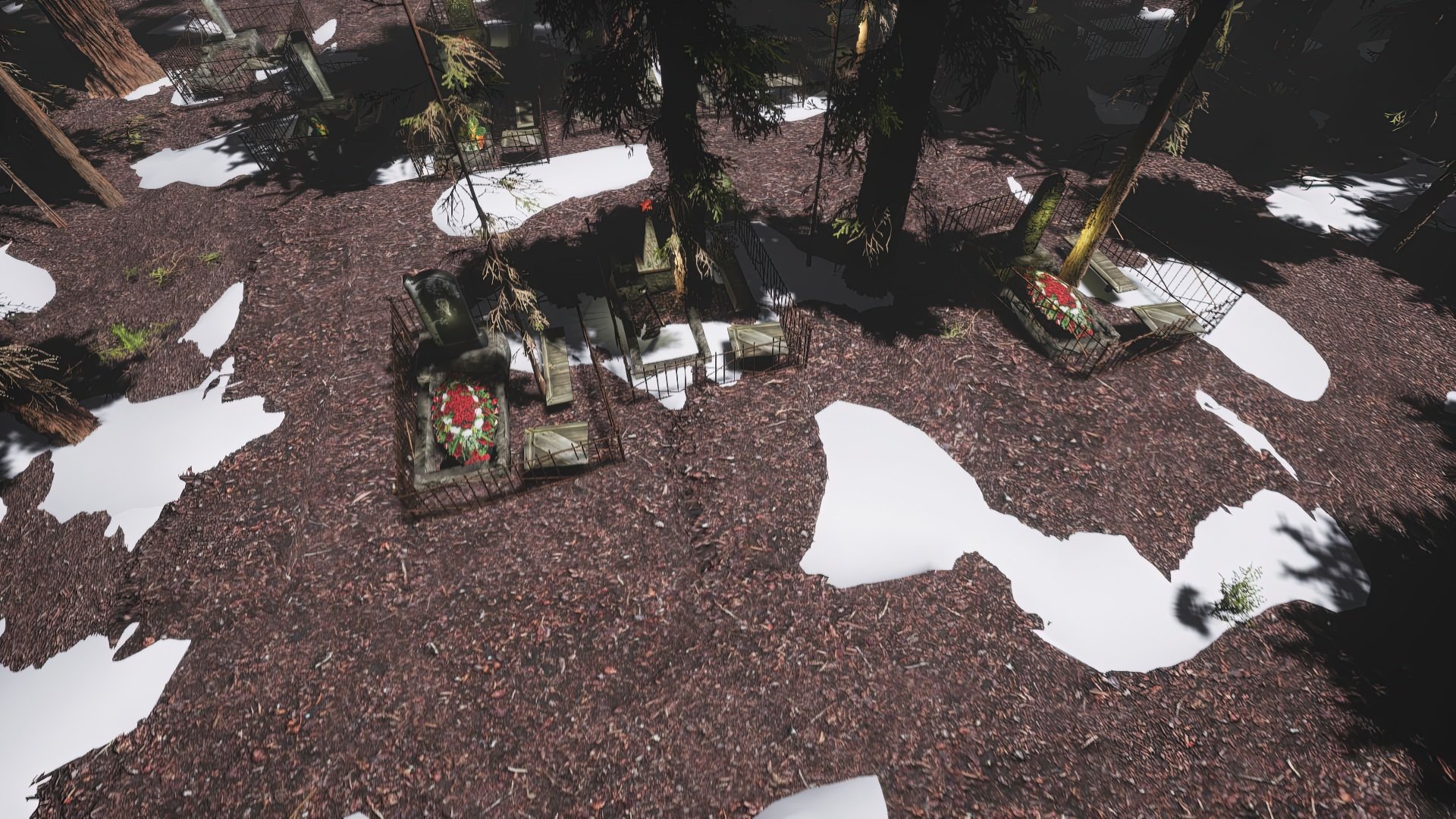
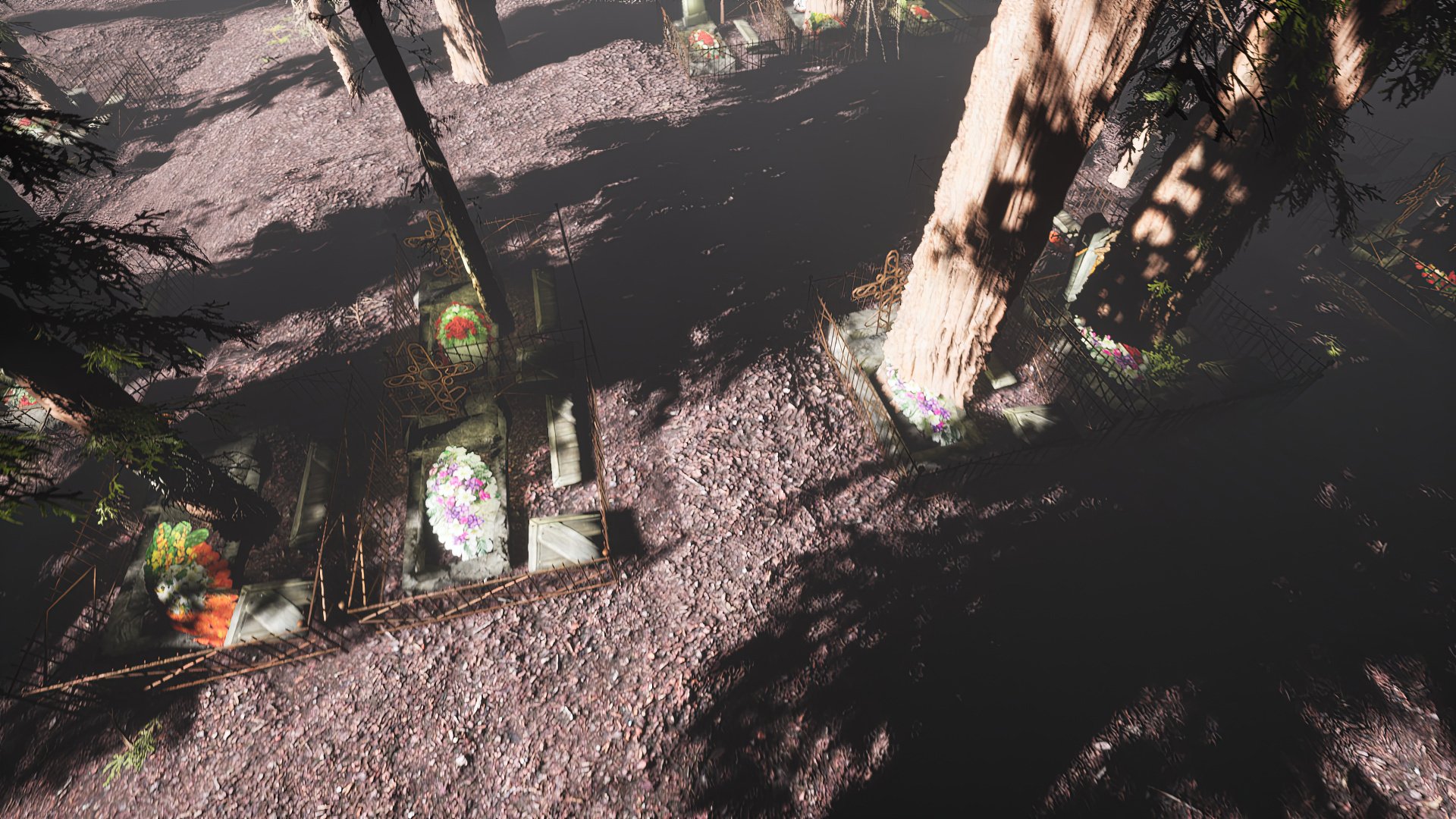
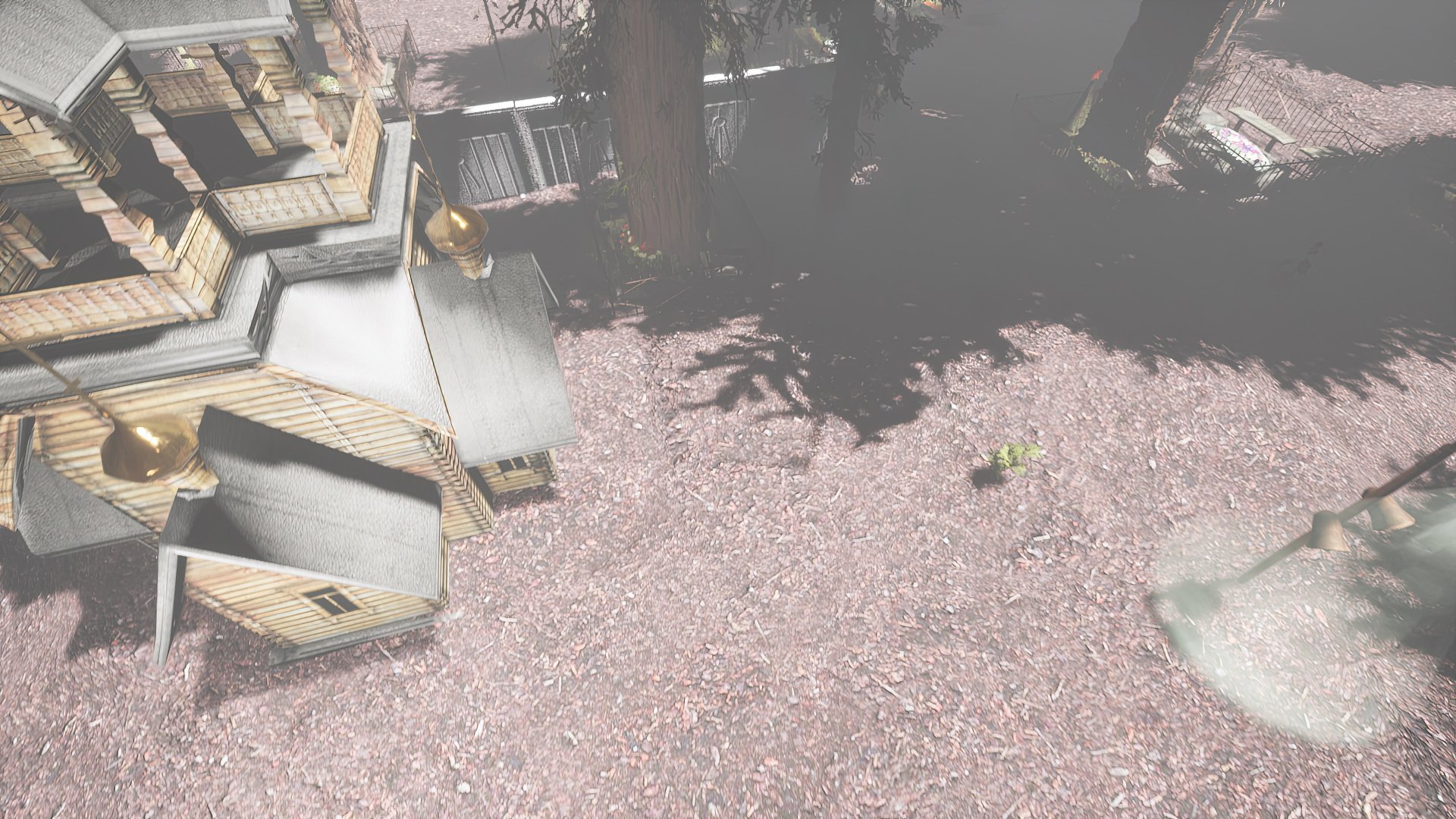

![Mikhail Maksimov, S.A.R. Online Sessions , online game, 2021 [2020]](https://images.squarespace-cdn.com/content/v1/5a92a15fcef372c749ca0487/1691139674798-H9FCA5YNHXM0D6XHLUEV/Mikhail+Maksimov_2021_2.jpg)
![Mikhail Maksimov, S.A.R. Online Sessions , online game, 2021 [2020]](https://images.squarespace-cdn.com/content/v1/5a92a15fcef372c749ca0487/1691139675228-19ZURU7SYLMXBEQKLX54/Mikhail+Maksimov_2021_5.jpg)
![Mikhail Maksimov, S.A.R. Online Sessions , online game, 2021 [2020]](https://images.squarespace-cdn.com/content/v1/5a92a15fcef372c749ca0487/1691139676152-IZ7G8UFIUR5B0DDWEGPK/Mikhail+Maksimov_2021_1.jpg)
![Mikhail Maksimov, S.A.R. Online Sessions , online game, 2021 [2020]](https://images.squarespace-cdn.com/content/v1/5a92a15fcef372c749ca0487/1691139676560-8KH7UPO7P6NPNFB3VVY2/Mikhail+Maksimov_2021_4.jpg)
![Mikhail Maksimov, S.A.R. Online Sessions , online game, 2021 [2020]](https://images.squarespace-cdn.com/content/v1/5a92a15fcef372c749ca0487/1691139677434-Q4UVJLJ7T8JH0O5UNF8L/Mikhail+Maksimov_2021_3.jpg)

